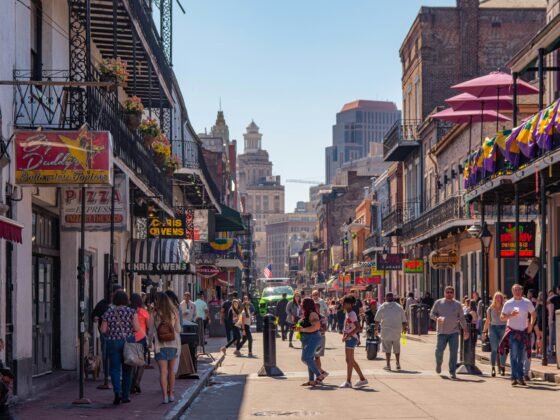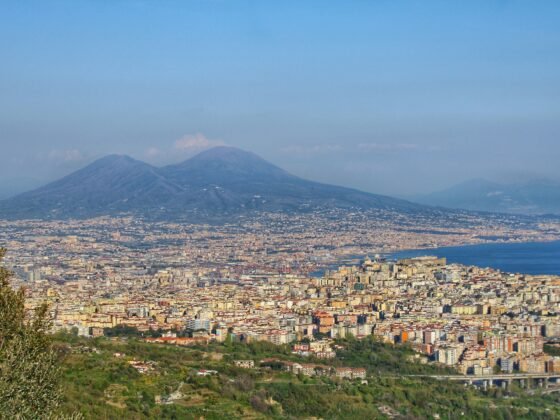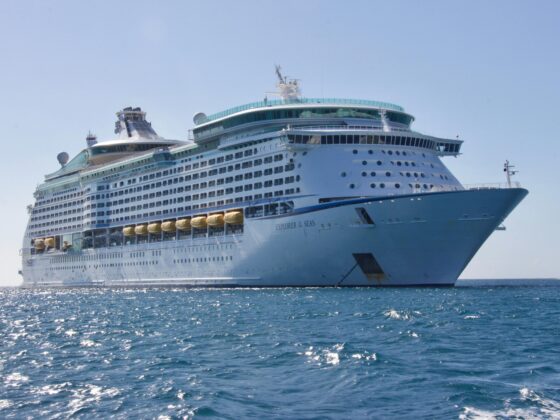Ernest Henry Shackleton is renowned for his heroic exploits in exploring the Antarctic, particularly the famous Endurance expedition from 1914 to 1916.
He was born in February 1874 in County Kildare in Ireland and at an early age professed a strong desire for adventure. As a child Shackleton claimed he was bored with school. He left home at the age of 16 to join the merchant navy. During his time as a merchant sailor he passed the exam for second mate, became a first mate and eventually qualified to command a British ship in 1898 at the age of 24.
His first Antarctic expedition took place in 1901 aboard a ship called Discovery. It was a scientific journey and Shackleton participated in a number of experiments. The ship’s captain was Robert Falcon Scott and he asked Shackleton to go with him and his crew for an attempt to reach the South Pole. They didn’t reach it, but came closer than anyone had before them. The experience physically drained Shackleton and he returned home when the relief ship arrived.
When he arrived home Shackleton found many people where curious about what had happened on the Discovery. He worked for a period of time as a journalist and tried a few business ventures that were unsuccessful. In 1908 Shackleton sailed for the Antarctic aboard a ship called the Nimrod. During this journey the crew discovered the Beardmore Glacier, became the first people to view and explore the South Polar Plateau, climb Mount Erebus and more. It was such a success that when Shackleton returned to Britain, he was given a knighthood.
Shackleton returned to the Antarctic in 1914 aboard the ship Endurance. During this journey the ship became lodged in ice and sank after ten months. When this happened the crew was living on floating ice. Eventually the crew left in three boats and sailed to Elephant Island, where they remained stranded. It was a barren place covered with ice.
Shackleton decided to try and get help. He took five men with him and they all left Elephant Island in one boat. They sailed for 16 days before reaching South Georgia Island. Once they landed, the crew made their way across the island and eventually reached a whaling station.
Shackleton attempted a rescue of his men at Elephant Island, but was prevented because of ice. Shackleton next asked for help from the Chilean government, which provided a rescue ship. The 22 remaining crew members of the Endurance were evacuated after being on Elephant Island for almost five months.
In 1922 Shackleton set out once again to explore the Antarctic aboard a ship called the Quest. When the ship and crew docked in Rio de Janeiro, it was believed that Shackleton had experienced a heart attack. He refused medical assistance and the ship made its way to South Georgia. After discussing his health with the ship’s physician early one the morning Shackleton experienced another heart attack, and it took his life on January 5, 1922.
The Grave of Sir Ernest Shackleton is in Grytviken on the remote South Georgia and the Sandwich islands in the South Atlantic Ocean. He is buried within the old whaler’s cemetery, as pictured above, which overlooks the bay.











